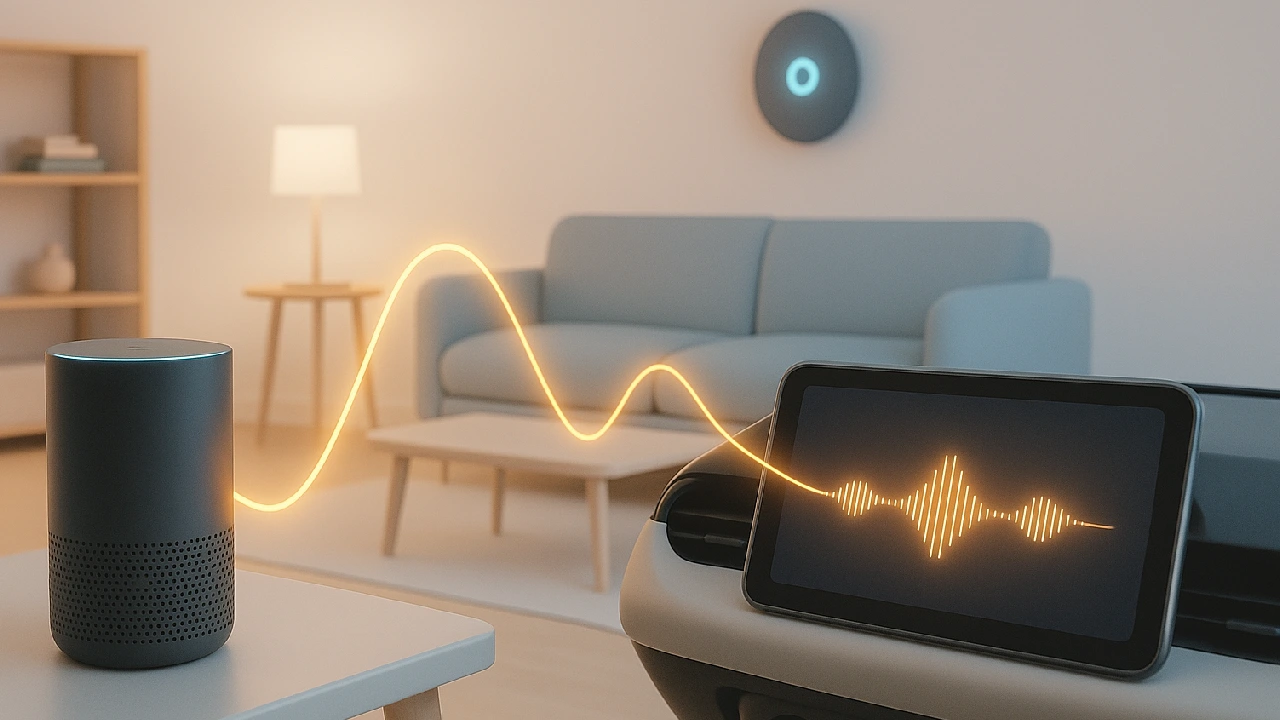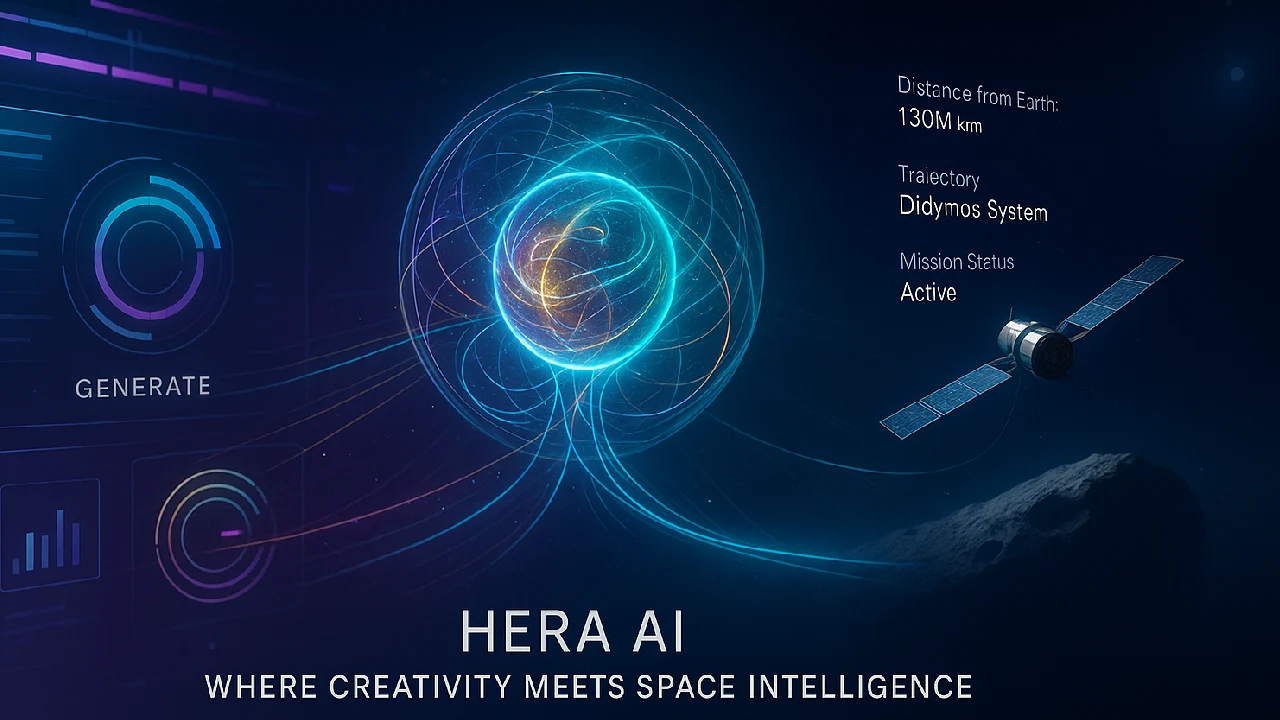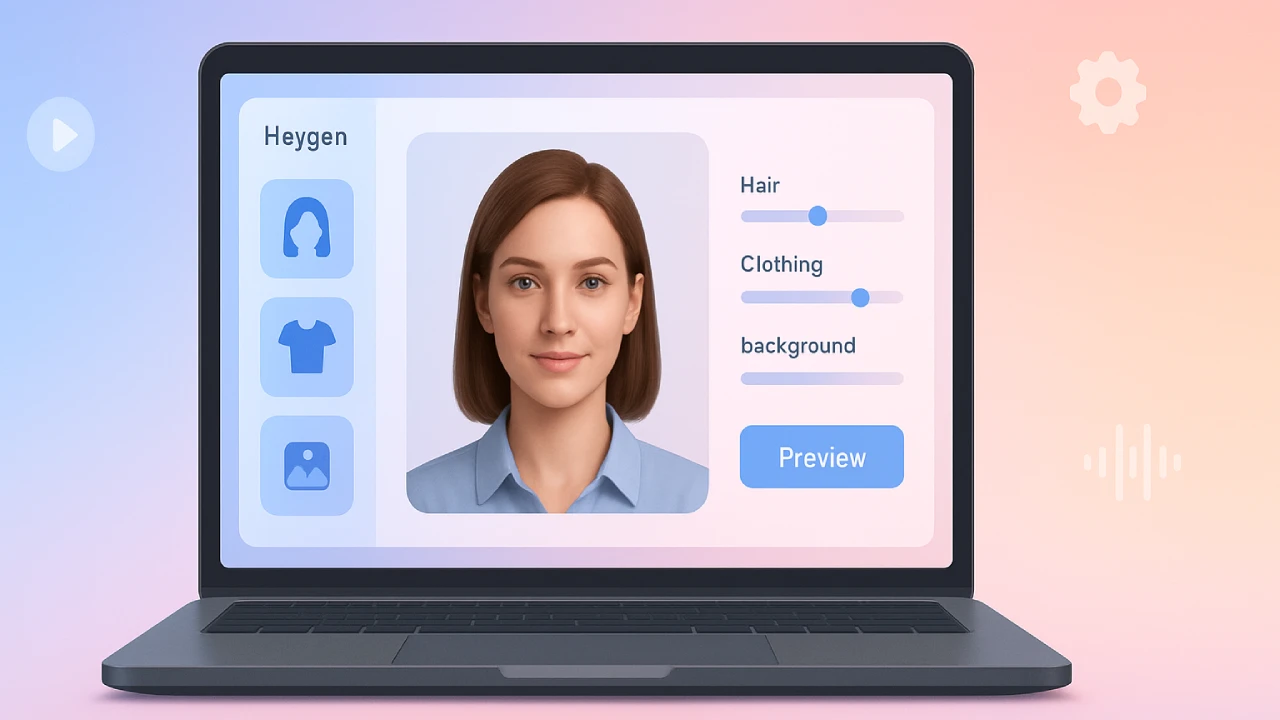Xiaomi’s new open voice AI model, MiDashengLM-7B, responds very quickly and can handle background noise in smart homes and cars, and it’s 20 times more efficient and works even when you’re not online.

Xiaomi is taking a big step into the world of powerful AI voice models with the MiDashengLM-7B. It’s made to work well in smart places like homes and electric cars, and it’s also made to be highly efficient, respond quickly, and be used offline. It’s also open source and developer friendly.
What Is MiDashengLM‑7B
Xiaomi made MiDashengLM‑7B, a 7-billion parameter AI voice model that can understand not only spoken words but also music and background noise. The two-core design that makes it unique uses Xiaomi’s own Dasheng audio encoder along with Alibaba’s open-source Qwen2.5-Omni decoder. All of these things work together to make the model smarter at understanding complex voice commands than most voice helpers.
Even better, it was trained only on public datasets, and Xiaomi has released it freely under the Apache 2.0 license so that users and businesses all over the world can use it.
Key Features and Capabilities MiDashengLM-7B
- Understands real-world sound: Detects not just speech but ambient noise, music, and background activity
- Offline-ready: Can run without internet, making it ideal for vehicles and homes
- Super-fast response: 4× faster than comparable models in first-word response time
- Lightweight on hardware: Needs far less GPU memory — up to 20× more efficient
- Scales easily: Handles more requests per second without breaking a sweat
- Real-time learning: Offers feedback for language learners and adaptive responses
Why It Matters (MiDashengLM-7B)
In Cars
Xiaomi already uses MiDashengLM-7B in its electric cars, especially in the Xiaomi YU7, which has a voice AI that powers a better guard mode. AI can hear sounds like scratching, tapping, or glass breaking and send out alerts faster than motion sensors, so it doesn’t just rely on impact recognition.
It also supports advanced voice controls in the car, so drivers can do things without using their hands. It even supports pronunciation coaching, which is helpful for learning languages while driving.
In Smart Homes
Xiaomi’s XiaoAI speakers and other home devices use AI to find strange sounds (like a window opening or footsteps that don’t sound like them) and tell users right away. It also has fun gesture-based features, like clapping or snapping to make things happen, and an underwater wake mode that uses sound cues instead of touch.
How It Compares
| Feature | MiDashengLM‑7B | Traditional Voice AI |
|---|---|---|
| Open-source | ✅ Apache 2.0 License | ❌ Closed/Proprietary |
| Multi-sound recognition | ✅ Speech + Ambient + Music | ❌ Speech-only |
| Runs Offline | ✅ Yes | ❌ Cloud-reliant |
| Inference Speed | ⚡ 4× Faster | 🐢 Standard Latency |
| Memory Efficiency | 💾 20× Better | 🧠 High resource use |
Who Should Use MiDashengLM‑7B
This MiDashengLM-7B model is perfect for:
- IoT developers looking to build smarter, more responsive home devices
- EV manufacturers wanting voice AI that works offline
- Language learning tools that need real-time audio feedback
- Startups that want powerful AI without huge cloud costs
- Researchers exploring sound and speech fusion in AI
Open-Source Impact
It’s a big deal that Xiaomi made MiDashengLM-7B open source. Developers can change and add to it in any way they want, without having to worry about licensing fees or being locked into one provider. More importantly, it makes new ideas possible in places where cloud AI doesn’t work, like in remote areas, embedded systems, or low-cost devices.
What’s Next
Xiaomi has hinted at updates coming soon that will let you change sounds offline using voice commands and make it even easier to use voice commands in more than one language. If things keep going this way, the model could become an important part of Xiaomi’s AI infrastructure for all of its products.
Final Thoughts
There’s more to MiDashengLM-7B than meets the eye. The full-stack audio intelligence system hears more than just what you say and understands what’s going on around you. It is a great AI model for smart homes and cars because it is open source, responds very quickly, and understands its surroundings.
Anyone who works with code, runs a tech company, or comes up with new hardware will want this voice in their system.







